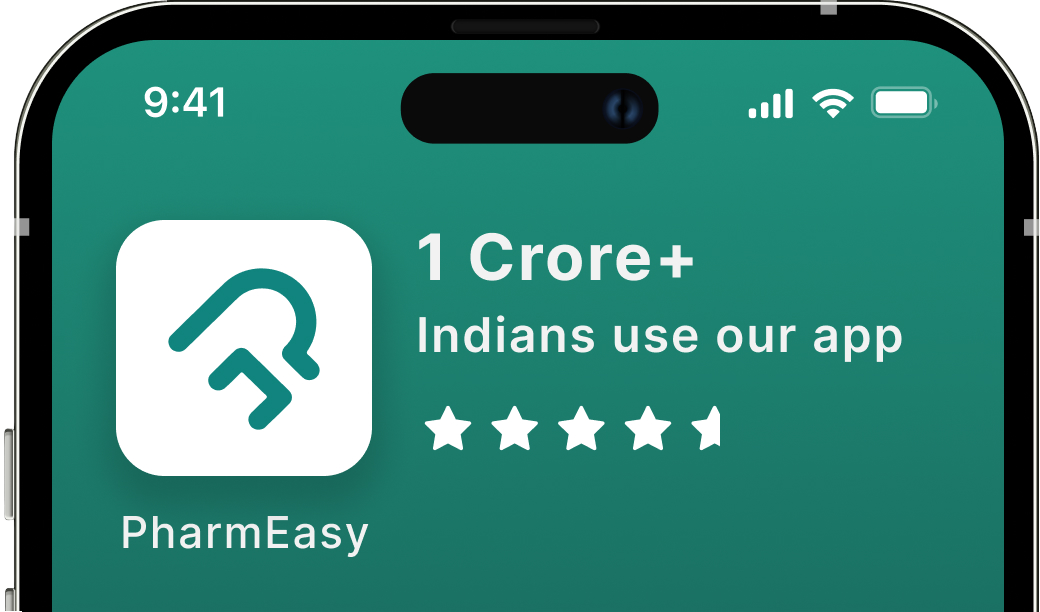Benefits of Gomukhasana (Cow Face Pose) and How to Do It By Dr. Himani Bisht
By Dr. Himani Bisht +2 more

Get,

to manage your symptom
Get your,


4 Cr+ families
benefitted

OTP sent to 9988776655



You’ve successfully subscribed to receive
doctor-approved tips on
Whatsapp

Get ready to feel your best.

Hi There,
Download the PharmEasy App now!!


Register to Avail the Offer
Send OTPBy continuing, you agree with our Privacy Policy and Terms and Conditions

Hi There,
Sign up on PharmEasy now!!
Trusted by 4 crore+ families

OTP sent to 9988776655



You have unlocked 25% off on medicines




Code: NU25

Comments


Leave your comment here
By Dr. Himani Bisht +2 more
Table of Contents
According to scholars, Yoga’s roots have possibly been traced back to the Stone Age. The Vedas have evidence of Vedic Yoga, which contains the oldest yoga teachings followed by the pre-classical period teachings. The pre-classical period was the time when Bhagavad Gita and Upanishads were introduced. The third period is the classical period, when Patanjali, a renowned Hindu scholar and yoga teacher, introduced “yoga sutras”. These Yoga sutras assisted people to practice more defined and classical yoga. The last period is post-classical yoga or modern yoga.
Modern yoga came into existence when yogis put efforts to spread Eastern Hindu philosophy in the west, in the late nineteenth and early twentieth century1. Modern yoga has significant commercial potential and has become the fashion statement for the upper middle class.

However, ancient yoga is the art of harmonizing body, mind and soul which nourishes and tones the entire body. Various asanas in yoga are involved in improving flexibility and boosting immunity. One such asana is gomukhasana, a seated yoga posture, that stretches the entire body to make it more flexible.
Did You Know?
Gomukhasana is a combination of three words i.e., go-mukh-asana where “go” refers to cow, “mukh” refers to face and “asana” refers to pose. The folded legs form the shape of a cow’s mouth while the elbows resemble a cow’s ears. Therefore, it is commonly referred to as the cow-face pose3.
The Gheranda Samhita (Sanskrit text of yoga) and the Hatha Yoga Pradipika (15th-century yoga manual in Sanskrit), both mention Gomukhasana (Cow-Face Pose)4.
Gomukhasana is a perfect position for people who spend most of their workweek sitting down. The cow face pose helps in expanding your hips and chest and overcoming the slouch many people acquire while they are sitting. It is a stabilizing and relaxing posture. This posture allows you to stretch your arms, shoulders, back, thighs and ankles. It is a hip-opening posture with legs being together unlike other postures that help in correcting the posture and adjusting the flexibility of one’s body5. Gomukhasana is simple to perform and relaxes the superficial as well as the deep muscles, which play a crucial role in lower back pain6.
There are variations of gomukhasana that use the Cow Face Pose as the base. Although yet to be researched, the variations involve practicing cow pose in half and full variations, forward bending, etc.
Gomukhasana or cow-face pose can be performed in the morning as one is mentally fresh and empty stomach. As you practise, make a few minor adjustments to the posture to make it more comfortable for you before stepping up the difficulty.
Modifications of the cow-face pose involve using props to make it more enjoyable. Some of them are3,5:
I have found that practising Gomukhasana (Cow Pose) might be beneficial for strengthening the wrists and hands while also helping to alleviate stiffness in the shoulders. The pose involves specific movements and stretches that target these areas, promoting increased flexibility and improved muscle strength. Regular practice of Gomukhasana, under proper guidance, can contribute to better wrist and hand function and increased range of motion in the shoulders9.
Dr. Rajeev Singh, BAMS
Cow-face pose must be done using proper techniques to obtain maximum benefits in flexibility and strength. Before entering the gomukhasana, some of the preparatory poses like Baddha Konasana (Bound Angle Pose), Garudasana (Eagle Pose), Supta Baddha Konasana (Reclining Bound Angle Pose), can be performed to warm up the body3.
The steps to do the cow-face yoga pose are as follows3,5,7:
Gomukhasana offers several benefits to the physical and mental health of an individual. Some of them are:
Ali et al. 20217, mentioned that diabetic patients (increased glucose level) practised gomukhasana during a session. Ali observed the decrease in glucose levels and increase in insulin levels. The stimulation of kidneys may also help in the management of diabetes.
Dr. Ravindra et al. 20186, evaluated the effect of gomukhasana in the management of gurdhasi (sciatica nerve pain), in patients with complaints of sciatica nerve pain. His team concluded that cow-face yoga may help relieve the pain from muscles and joints involved in sciatica. They also revealed that post-treatment with gomukhasana, there were no recurrences.
Kumar, P.A., et al., 2021 presented a case study4 to evaluate the role of yoga including gomukhasana in non-alcoholic fatty liver disease patients without medication. This study showed that asanas including gomukhasana are beneficial when practiced for 20 minutes daily. It may also help in reducing blood sugar, blood lipids and elevated lipid enzymes.
Gomukhasana may help in persuading relaxation. It may help in easing tiredness, tension and anxiety if practised for more than 10 minutes daily. It may also help in calming and centering the body5,7.
Gomukhasana or cow-face pose may counteract the slouch, especially faced by individuals working on computers for the major part of the week5. It may decrease the general stiffness in the arms and shoulder and can also help in correcting posture by opening the chest area7.
I have observed that practising Gomukhasana (cow face pose) along with other yoga asanas may show improvement in memory. The combination of physical movement, concentration and relaxation involved in these yoga poses may contribute to enhancing cognitive function and memory retention2.
Dr. Siddharth Gupta, BAMS, MD (Ayu)
Also Read: Benefits of Ustrasana (Camel Pose) and How to Do it By Dr. Ankit Sankhe
There are several contraindications and risks to be considered while performing Gomukhasana. Some of them are4,5:
Also Read: Benefits of Shalabhasana (Locust Pose) and How to Do It By Dr. Himani Bisht
Gomukhasana is one of the easiest forms of stretching yoga which helps in rejuvenating and relaxing the whole body. It helps in relieving the pain by relaxing the deep muscles. The cow-face pose allows you to explore different symmetries of the body. Beginners can use modifications like blankets or blocks to achieve more flexibility and stability. Conclusively, asanas or postures can be of potential benefit in many chronic conditions that persist despite pharmacotherapy.
Also Read: Benefits of Pranayama and How to Do it By Dr. Himani Bisht
Gomukhasana is a hip-opening posture stretching the shoulder, arms, knees, and ankles. It is
hatha yoga also known as cow-face yoga. It is one of the best asanas for people suffering from a slouch and improper posture due to a hectic workweek5.
People suffering from shoulder, knee, arm and hip injuries should avoid doing gomukhasana4,5.
Gomukhasana may help relieve stress and anxiety and may stimulate kidney, liver and pancreas. Some pieces of literature have shown that Gomukhasana may help in managing diabetes and sciatica nerve pain4,6,7.
Gomukhasana or cow-face pose can be performed with the help of a block or blank below the hips to neutralize the alignment of lower back. One can also use a strap in case of inability to clasp hands at the back3,5.
The folded legs in Gomukhasana resemble the face of a cow while the hand bent backward resembles the ear of the cow. In Sanskrit, “Go” pronounced as “Gau” refers to the cow while “Mukh” refers to the face3.
Disclaimer: The information provided here is for educational/awareness purposes only and is not intended to be a substitute for medical treatment by a healthcare professional and should not be relied upon to diagnose or treat any medical condition. The reader should consult a registered medical practitioner to determine the appropriateness of the information and before consuming any medication. PharmEasy does not provide any guarantee or warranty (express or implied) regarding the accuracy, adequacy, completeness, legality, reliability or usefulness of the information; and disclaims any liability arising thereof.
Comments

Leave your comment...

View all comments(1)
You may also like
It is very useful for our body